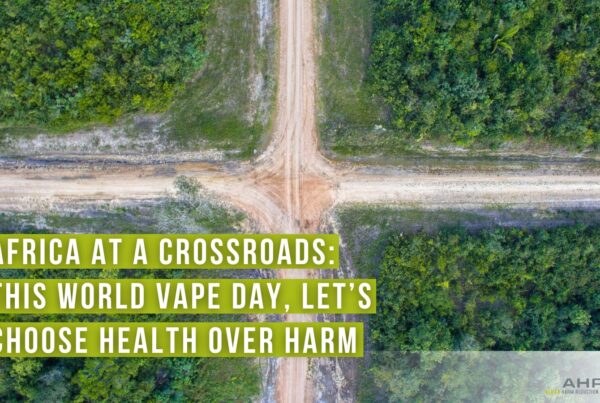Written by Joseph Magero
Sweden’s life-changing strategy, which remarkably reduced its smoking rate among males to 4.9% compared to Kenya’s 14.7%, is the guide that Kenya requires to accelerate a decline in smoking.
Sweden’s smoke-free achievement in 2024 is a testament to the resilience, adaptability, and determination of the world’s first smoke-free country. Their success through harm reduction strategies sharply contrasts with Kenya’s limited progress using only traditional tobacco control measures.
A very recent report examined the differing approaches between the two countries, offering a stark contrast in policy direction. While Sweden is achieving world-leading results by incorporating less harmful nicotine products in the fight against smoking, Kenya is moving toward stricter regulations that could undermine the potential of these lifesaving innovations.

Not a miracle, but deliberate steps
Sweden has a proportional tax, which means that smoke-free products are more affordable than tobacco cigarettes. Public education campaigns complement this tax policy and have paid dividends, as people who smoke in the country have been swayed by the promotional material to make healthier choices.
A wide range of safer nicotine products, with a variety of strengths and flavours, is legally available both online and in stores, supported by advertising, which raises awareness and encourages people to quit smoking using safer alternatives.
Call to action
As the report reiterates, thousands of lives can be saved if we provide people who smoke with a choice of alternatives alongside education and tobacco control measures. I have firsthand experience struggling with countless attempts to quit for 15 years until I discovered less harmful nicotine products that I finally broke free from cigarettes.
Our policymakers can learn from stories like mine by implementing policies supporting tobacco harm reduction. Kenya, inarguably, needs to learn from Sweden’s success in cutting its national smoking rate in the shortest time possible. The biggest lesson is that tobacco harm reduction, not prohibition, could make for the most tremendous leaps forward in public health.
It will take the support and concerted efforts of all key parties—from local policymakers to the medical and scientific community—to formulate legislation that protects public health while maintaining the accessibility of harm-reduction products to ensure the over 2.6 million Kenyans who would otherwise continue to smoke are given access to, and correct information about, these science-backed innovations.
THR Topics
Popular Posts
Quick Links
Women in THR
Related Posts
 Letter to the World Health Organization (WHO)
Letter to the World Health Organization (WHO)
Letter to the World Health Organization (WHO)
 Public Health implications of vaping in Germany
Public Health implications of vaping in Germany
Public Health implications of vaping in Germany
 Public Health implications of vaping in the United States of America
Public Health implications of vaping in the United States of America








